Note: this info may also apply to non-natives but depends on the seed. Many California seeds typically last a long time, while certain edible plants may not last as long in storage. See the Seed Saver’s Exchange for more info.
My husband and I subscribe to the ‘if a native plant propagates, it was meant to be’ camp. Whereupon, it stays in our yard, or occasionally we dig it up and give it to friends or our local garden club. I do gather the seeds from our numerous California fuchsias and poppies, and spread them to new areas, such as our city of Redlands’ native plant park, Caroline Park.
Recently, our local Riverside-San Bernardino chapter of the California Native Plant Society, hosted a zoom meeting on Collecting California Native Seed. Sharing her expertise was Genevieve (Genny) Arnold, Seed Program Manager at Theodore Payne Foundation.

Botany 101 Understanding Seeds
First, some basics about plant seed production, which help categorize how to gather seed from different plant types.
- Is the plant determinate or indeterminate?
Should the seed be harvested all at once, or gradually? A determinate plant – Island Bush Poppy for example – produces the first flower at the top of the stem, with the youngest flowers the last to open at the bottom of the stem. It is generally harvested all at once. An indeterminate – such as the sunflower or tomato – have flowers of different maturity on the same plant. As a result, seeds of indeterminates are generally harvested throughout the growing season.

Genny gave the example of the common sunflower, which is indeterminate. “Take the spent flowerhead when the petals are wilting and drooping, and place them in a paper bag to ripen and dry for a couple weeks,” she advises.
2. Are fruits dehiscent or indehiscent?
Dehiscent fruits split open to discharge seeds – for example, milkweed, CA poppy or Baja Fairy Duster – while indehiscent seeds such as buckwheats don’t split open. Rather their seeds are released as the flowerhead age, or are dispersed by weather or carried off or consumed by an animal.
As examples, Genny talked about the Baja Fairy Duster , which is dehiscent. “The legume (seed pod) looks tan and dry, and will come off easily, or will start to open when it is ripe,” she says. “The plant will give seed when it’s ready.” She called some plants, like the wild cucumber, tardily dehiscent, meaning that each fruit gradually opens to drop the seed.
Have fun observing how your plants fit these descriptions.
Before you Gather – Questions to Ask Yourself
What is intended use? To propagate, or to give some away. Remember to always leave some behind for wildlife. Genny strongly discouraged collecting seed in the wild, saying it’s illegal without a permit and may harm the health of plant populations.

Will the harvest occur all at once or gradually? – if you’re waiting for dehiscent seeds that will burst open, you can use cheesecloth or pantyhose with a cut in it. Tie it around the seed capsule to catch the seeds.
Is the seed ripe? – Only collect when it’s mature (this is called ‘physiological maturity’) – and then it is more likely to germinate. Don’t pick too early.
Some tips on ripeness: Dry capsules will turn dry and crisp, and will naturally open. Collect most berries when dark red to dark orange (not green or yellow). Hold sage stalks up to your ear and shake, as seed rattling means they’re ripe. For buckwheat shake the brown flowers into a bag, but be careful – if too forceful, you will break stems off. Be aware that sometimes plants will hold on to last year’s fruits which no longer have viable seeds. The current year’s are typically brown-tan in color rather than black. With some wildflowers, such as elegant clarkia, you should gather all at once when it’s two-thirds ready, because it’s hard to remove capsules individually.

Elegant clarkia with seed capsules starting to brown down below 
Capsules open with ripe seeds inside (Genny Arnold)
Buckwheat, indehiscent, releases its seeds as the flowers age
Other Collecting Tips
- Collect in dry weather – not immediately after a rain
- Use paper, not plastic, to put your seeds in (because paper wicks away moisture)
- Check for insects, which can destroy your collected seeds
- Don’t over-collect, leave some for wildlife and to naturalize, and do no harm. Don’t injure the plant or over collect – only take what you need.
Methods and Tools: First the Dry Down Period
After gathering the seeds, there are two processes – the ‘dry down’ period (which assures your seed is nice and dry), and then seed processing.
Note: Please see the ‘For more info” resources at the end of the article for more detailed info on what different CA plant seeds require for processing and for propagating.
Dry Down – When you gather seeds, they’re often accompanied by plant material, called chaff. You want to store the material in a paper bag or box for a minimum of 2 weeks in a cool, dry and protected area.
“The two-week timeframe is really a minimum. It can be stored longer, with the understanding that if it goes too long before being processed, the more susceptible it becomes to the effects of heat, humidity, and insect or even rodent predation,” says Genny.
However, she said native California seeds that are relatively small with hard seed coats (such as those of sages and lupines) often exhibit impressive longevity. “Those seed coats offer a lot of good protection for the tissue inside; seeds of Mediterranean climates like ours here in southern California are equipped to survive long periods of dormancy before receiving their germination cue, whether that is scarification or rainfall or fire for example.”
She also explained how some hard-coated seeds, such as Lupinus sp., respond to a germination pre-treatment of hot water or abrasion with sandpaper, saying those provided a point of entry for water, which is otherwise kept out by that seed coat.
Seed Processing
After two weeks of cool, dry storage, this is the stage of removing everything but the seed, and the technique depends on the material.
Below are some methods.
Threshing is removing the seed from the plant material (chaff), and can be done with handmade screens, hardware cloth, seed screens (look online), or using a rolling pin over the material on newspaper. Use for plants such as Clarkia or Penstemon species. Winnowing is the step after threshing, and can be done with winnowing baskets, or using velvet to grab the chaff while seeds drop, or a fan to blow off the chaff. Macerating, is separating fleshy fruit, such as toyon or elderberries, then flushing with water to remove the seed. Let dry.

Ready to Thresh (photo by Kelsey Thurow) 
Ed Peterson with rolling pin (TPF Archives photo)
Storage Tips
- Label container! (How many times have you wondered what dang seeds you have collected….)
- Look for misshapen seeds, holes, bubble lesions on seeds, which can indicate parasites — and discard!
- Use canning jar, airtight jars, prescription bottles. Or paper if you plan to propagate soon.
- For recalcitrant seeds, such as buckeye and acorn, plant right away.
Lastly, what if you forgot about your seeds (which I have done) and are not sure if they’re still viable?
Genny said to remove any that have insect holes and to go ahead and process, especially if they’re hard coated, saying, “I have been amazed at how vigorously poppy seeds will germinate after being exposed to all kinds of environmental fluctuation for long periods of time. Certain species will withstand that better than others,” she says.
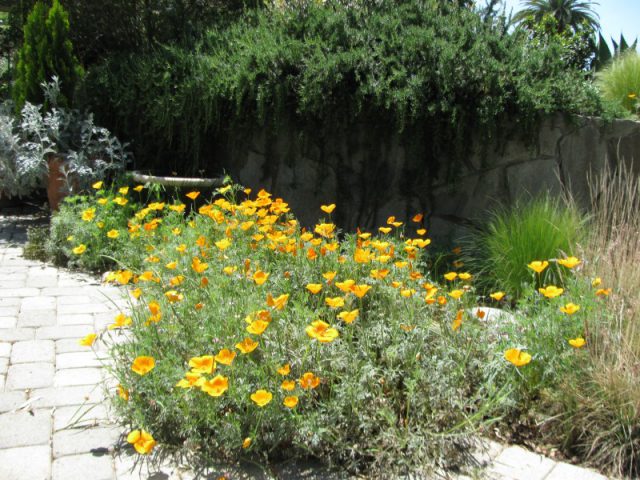
Go natives! And much thanks to Genny and the Theodore Payne Foundation for their help with this article.
For More info:
You can see Genny’s presentation on YouTube (note: only available through Nov 15th, 2020)
Genny highly recommends the book The Complete Guide to Collecting Seed
For more info on saving seeds of edible plants and herbs see the Seed Saver’s Exchange
For propagating CA native plants from seed, see Dara Emery’s Seed Propagation of CA Native Plants, shared digitally here by CNPS, with permission from Santa Barbara Botanic Garden.
CNPS article on California Native Plant Propagation – overview & provides more examples
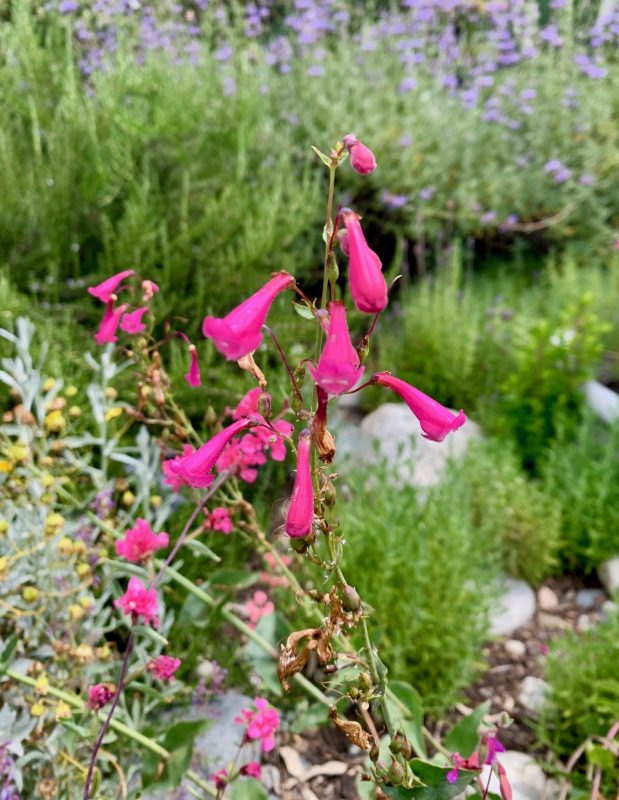
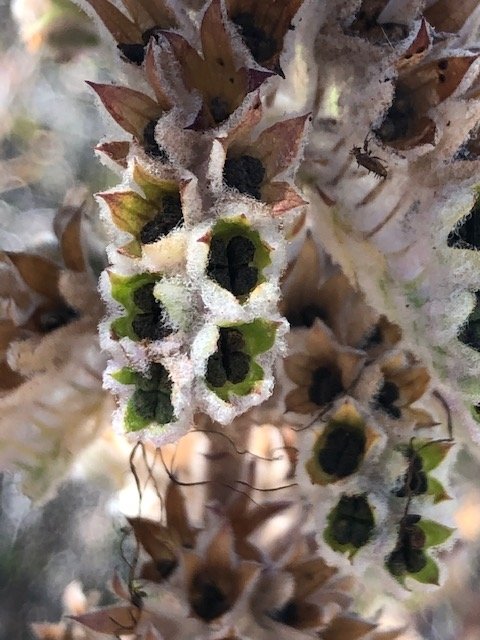
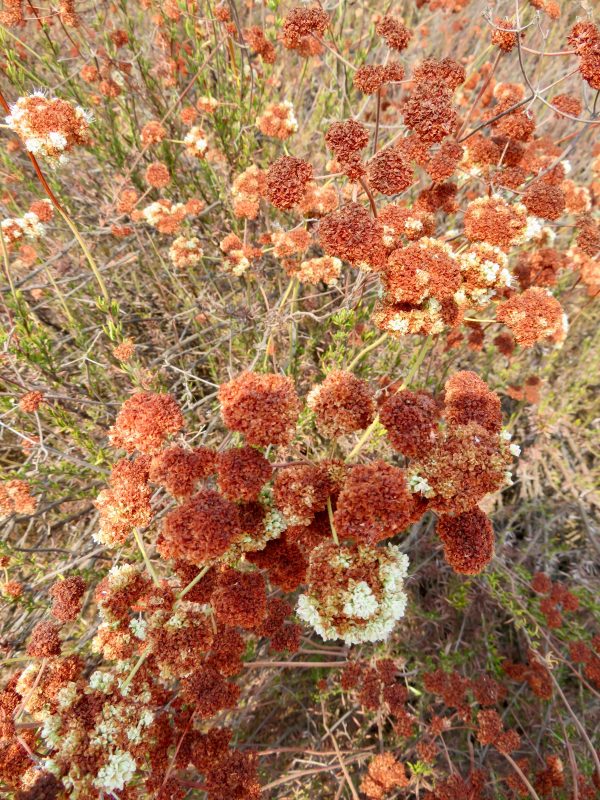
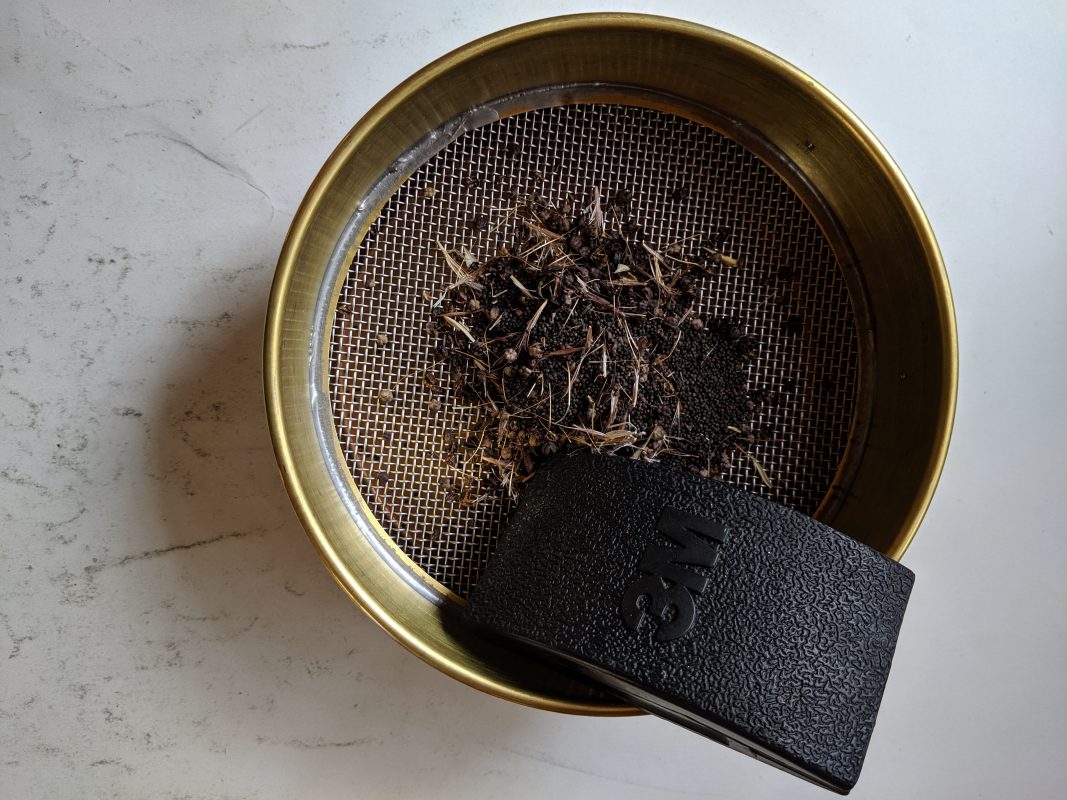
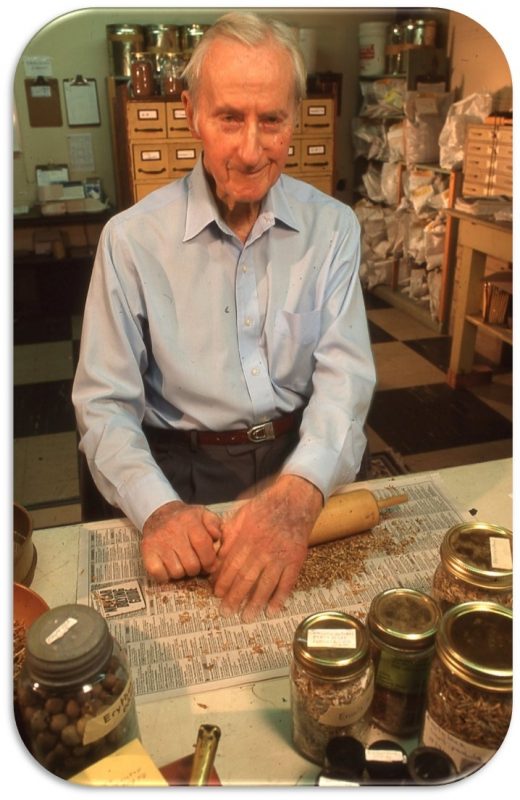
Leave a Reply